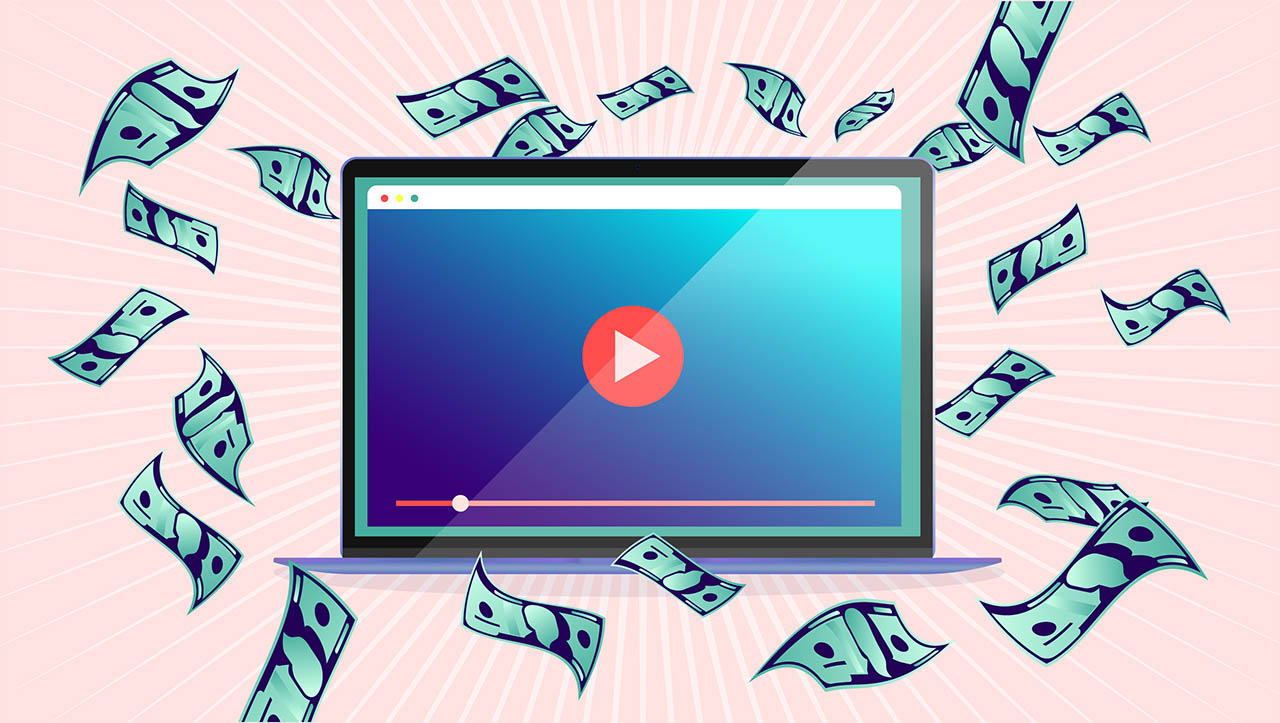Explaining how YouTubers make their money
 CREDIT: OVEREARTH
CREDIT: OVEREARTHStarting a YouTube channel has never been more profitable.
More and more people are making YouTube videos a viable career path due to the vast amount of resources and support given today to upstart channels and the newfound role that social media has cemented in our lives.
YouTube is an ever-changing platform. It began as a small video hosting platform intended to be a dating service and evolved to be the place where anyone could post video content however and whenever they wanted. Of course, that comes with some rules, and as the platform became popular, it also had to find a way to become profitable. It has gone through numerous upheavals over the past seven years over the concept of monetization.
To understand why YouTube continues to be one of the most popular and reliable platforms despite the ever-changing environment is its long history and business model. YouTube runs on ads, and advertisements sustain the YouTube ecosystem. To be a YouTube creator, there are several avenues of income we now recognize that make your channel economically sustainable: YouTube’s partnership program Adsense for one, You- Tube incentives like Partner Sold Ads, Brand Deals, affiliate links, channel memberships, YouTube Premium fees, live streaming and live events, crowdfunding like Patreon, and solo merchandising done by the YouTube creator. In most of these practices, YouTube shares income with its video creators.
YouTube Adsense is an automatic form of income that is generated if your YouTube channel is signed up for the YouTuber Adsense program. Anyone who watches a video of yours and sees an ad earns you a portion of what that advertiser paid YouTube to run their ads. There are ways to customize the types of videos that advertisers look to advertise on so you can change some of your videos’ metadata (which is a form of data that Google uses for analytics whenever you upload a video) before you upload to help optimize what kind of ads are delivered on your videos.
Some advertisers may want to approach channels to make ads for their products, and that practice is referred to as Brand Deals (you’ll see these when YouTubers enter a sponsored segment of their videos). Other advertisers might make a lighter direct approach by asking Partners (the people running the channels) to choose some videos that the advertiser would run their ads on during pre-roll, or mid-roll ad spots. That practice is reserved for larger creators and is referred to as Partner Sold Ads. Some advertisers that sell products may also ask a creator to link an affiliate link in the description of their videos and every time someone buys a product from the creator’s affiliate link, the creator earns a percentage of the profits.
There are also several subscription- based income streams for creators. With YouTube Premium, a portion of the subscription fee YouTube charges to the viewer goes to the creators they watch. Channel Memberships and Patreon (external site) are direct forms of subscription-based crowdfunding to a YouTube channel that fans can subscribe to so that creators can earn income for their work. Finally, merchandising is a way that You- Tubers can earn income by selling their own products. Many might sell t-shirts or coffee mugs and it’s often another aspect of their business.
Many people who work in media, especially in the broadcasting and news industries, can recognize most of the concepts that help YouTubers run their businesses. The difference is that the discovery has been relatively more democratized, algorithmic, and easier to access compared to many other forms of media. You- Tube’s popularity is what makes it the King of Advertising.
















